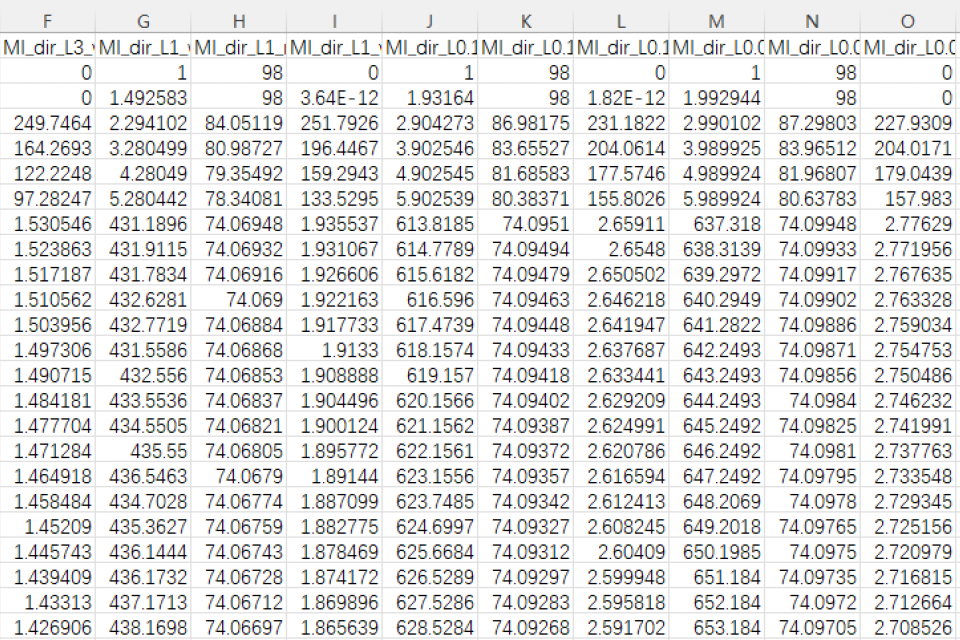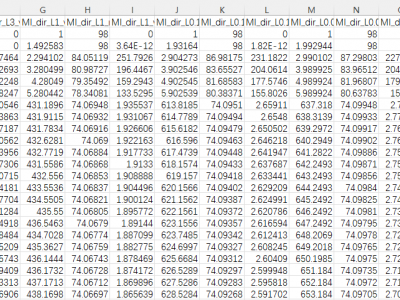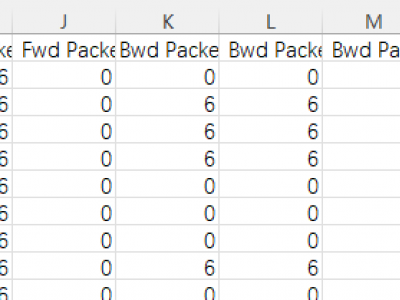Datasets
Standard Dataset
N-BaIoT
- Citation Author(s):
- Submitted by:
- Haolei Chen
- Last updated:
- Fri, 04/25/2025 - 21:45
- DOI:
- 10.21227/5mh1-5q72
- Data Format:
- Research Article Link:
- Links:
- License:
 41 Views
41 Views- Categories:
- Keywords:
Abstract
The proliferation of IoT devices which can be more easily compromised than desktop computers has led to an increase in the occurrence of IoT-based botnet attacks. In order to mitigate this new threat there is a need to develop new methods for detecting attacks launched from compromised IoT devices and differentiate between hour and millisecond long IoT-based attacks. In this paper we propose and empirically evaluate a novel network-based anomaly detection method which extracts behavior snapshots of the network and uses deep autoencoders to detect anomalous network traffic emanating from compromised IoT devices. To evaluate our method, we infected nine commercial IoT devices in our lab with two of the most widely known IoT-based botnets, Mirai and BASHLITE. Our evaluation results demonstrated our proposed method’s ability to accurately and instantly detect the attacks as they were being launched from the compromised IoT devices which were part of a botnet.
N-BaIoT was created by researchers at Ben-Gurion University in Israel and focuses on botnet attack detection for Internet of Things (IoT) devices. The dataset contains real traffic data from nine commercial IoT devices (e.g., cameras, smart outlets, etc.) where the devices were infected with two botnet malware, Mirai and BASHLITE. The dataset totals 7,062,606 records, each containing 115 features describing various types of statistical properties of network traffic. The attack types are categorized into 10 classes covering a wide range of DDoS and remote access attacks.
More from this Author








